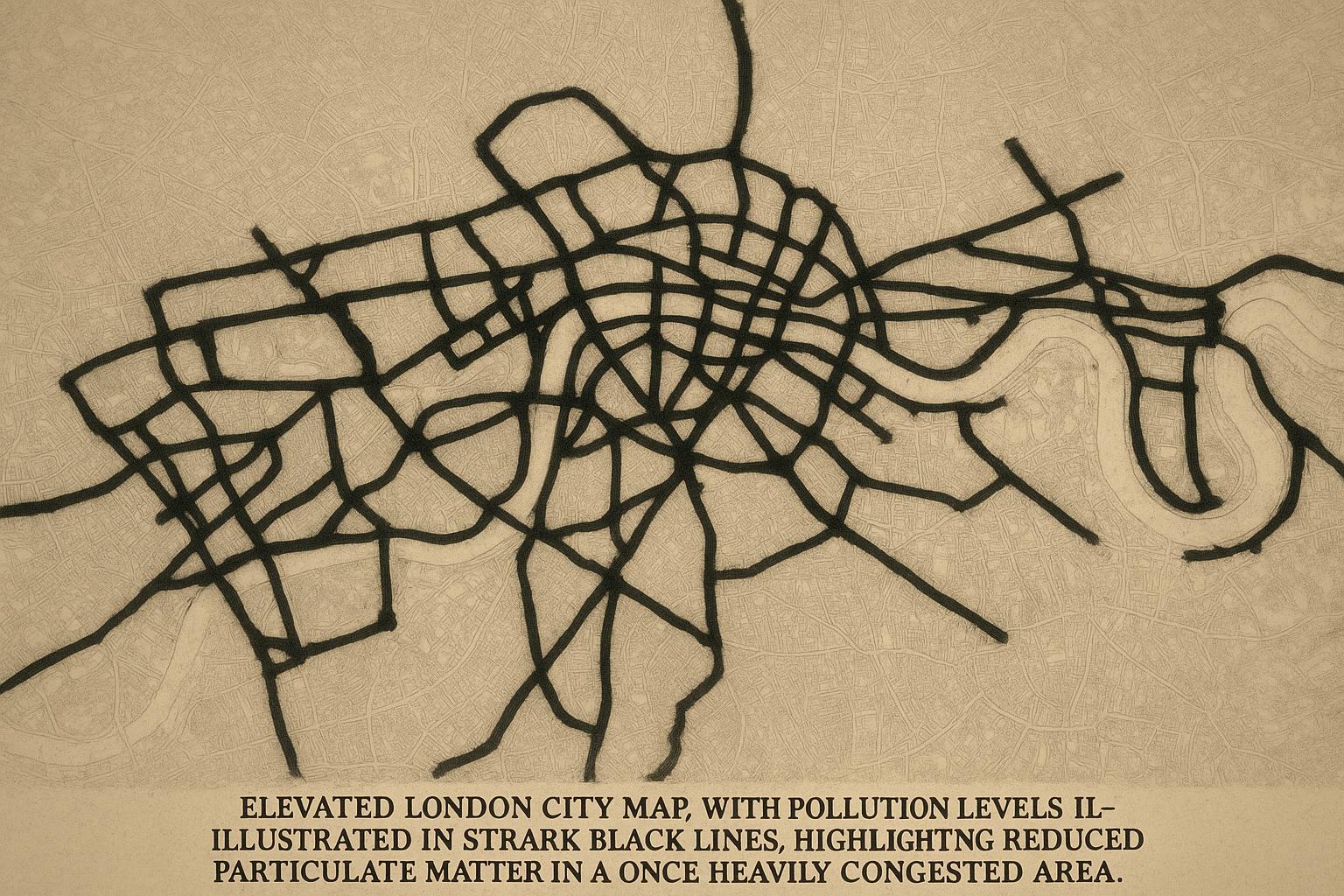City Hall under Mayor Sadiq Khan has faced criticism for not producing a comprehensive air quality report for the second year following the expansion of London’s Ultra Low Emission Zone (ULEZ) in July 2023, despite generating substantial revenue from the scheme. The Daily Express revealed that, while an extensive analysis was published for the initial year of ULEZ expansion, no similar detailed report has since been made available to the public, prompting accusations that the scheme's primary motive is financial gain rather than environmental improvement. Outer London MP David Simmonds expressed frustration on behalf of his constituents, suggesting that many see the policy as a “money raising measure” lacking transparent evidence of ongoing benefits for motorists affected by the £12.50 daily charge. Since the London-wide expansion, Transport for London (TfL) has reportedly raised over £226 million from fees and fines related to ULEZ, contributing to a nationwide total exceeding £1 billion from various clean air zones across the UK.
Nonetheless, multiple independent studies and data from City Hall emphasize substantial improvements in air quality linked to ULEZ. According to a recent report released by the Mayor's office covering data up to September 2024, nitrogen dioxide—a harmful pollutant linked to respiratory illnesses—has fallen by 27% since the expansion. This marks a continuation of a broader trend, with 99% of air quality monitoring sites across London showing improvement in toxic emissions since ULEZ was first introduced in 2019. Supporting these findings, a Guardian study corroborates the reduction in nitrogen dioxide levels, highlighting significant public health benefits despite the controversial nature of the charges for some residents.
Further analysis has underscored the environmental impact of the ULEZ expansion, revealing that nitrogen oxides emissions from cars and vans are 13% and 7% lower, respectively, than would have been expected if the zone had remained confined to central London. Particulate matter pollution, particularly PM2.5 exhaust emissions in outer London, is estimated to have dropped by 22%, equating to the removal of around 200,000 cars from the roads for a year. These improvements contribute to London’s air quality advancing more rapidly than other parts of England. The substantial decline in roadside pollutants since the scheme’s inception has moved many areas closer to meeting legal air quality limits. City Hall data show that sites exceeding the UK’s annual nitrogen dioxide limit plummeted from 56 in 2016 to just five by 2023.
The health benefits of the ULEZ scheme are also emphasised by organisations such as Asthma and Lung UK, whose interim director Jonathan Blades stated that improved air quality helps reduce sick days and has generated an estimated £37 million in related health cost savings. He advocates for enhanced public awareness and transparent data sharing to ensure communities understand the benefits of pollution control policies, thereby fostering greater public trust and support for further air quality measures nationwide.
Mayor Khan has defended the strategy as the “world’s largest clean air zone,” asserting that it has successfully taken thousands of polluting vehicles off London’s roads and contributed to significant drops in toxic air pollution. He remains committed to expanding environmental reforms aimed at ensuring cleaner air for all Londoners and visitors, framing these initiatives as crucial steps towards a greener and healthier capital.
Despite these positive indicators, the lack of a recent, comprehensive air quality report has provided critics with ammunition to question the transparency and motivations behind ULEZ, underscoring that while measurable improvements exist, ongoing detailed monitoring and public reporting remain essential to maintaining trust and demonstrating accountability.
📌 Reference Map:
- Paragraph 1 – [1]
- Paragraph 2 – [2], [3], [1]
- Paragraph 3 – [4], [5], [6]
- Paragraph 4 – [1], [2], [6]
- Paragraph 5 – [1], [2]
Source: Noah Wire Services
